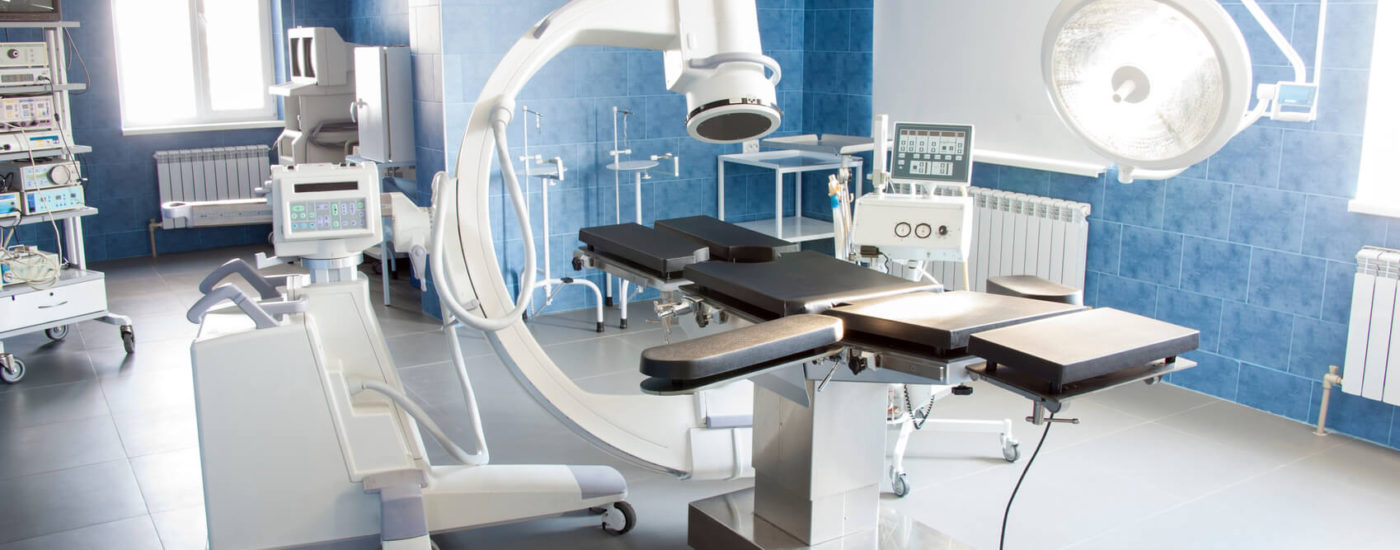Potential Issues for Foreign Medical Device Manufacturers

Potential Issues for Foreign Medical Device Manufacturers
January, 2018
Clearly, Chinese government initiatives are posing significant challenges for Western foreign manufacturers. Along with these initiatives, manufacturers may also experience the following issues:
- Regulatory changes: in October 2014, the Chinese government announced new regulations which have significantly increased the registration timeline. Regulatory changes include a requirement for more local clinical trials for Class 2 and 3 approvals. Testing fees at local testing centers were eliminated but without financial incentives, delays at Chinese testing centers have significantly increased.
- Hospitals forced to purchase domestic products: directives to “nationalize” China’s medical device industry have been implemented. As a result, several foreign medical devices have been prevented from competing for public procurement contracts on a level playing field. These devices often include devices manufactured in China by foreign medtech companies. Hospitals are subsequently in some cases limited by their choices and are prevented from purchasing equipment best suited for patients’ clinical needs.
- IPR infringement: each year, approximately 5% of the US’s gross domestic product (GDP) is lost to theft, espionage, and privacy infringement. According to the Commission on the Theft of American Intellectual Property, intellectual property (IP) theft costs US businesses as much as $600 billion a year, and counterfeit Chinese products account for almost 87% of all counterfeit goods seized at the border.
Medical device companies often have a significant amount of IP, which can be easily shared through staff transfers or local partners leaking information when companies enter the Chinese market. Therefore, foreign medical device companies must be stringent in developing and implementing IP protection standards. These measures include identifying and registering all IP and diligent handling of IP during research & development and sourcing.
In addition, the Chinese government has also pledged to increase efforts to protect IP rights in the country. This pledge was released in tandem with MIC 2025, in hopes to protect domestic IP rights as well. The first state-level IP rights evaluation and certification center was established in Beijing in February 2017. Whether IP protection will improve in China’s medtech sector is anyone’s guess.
